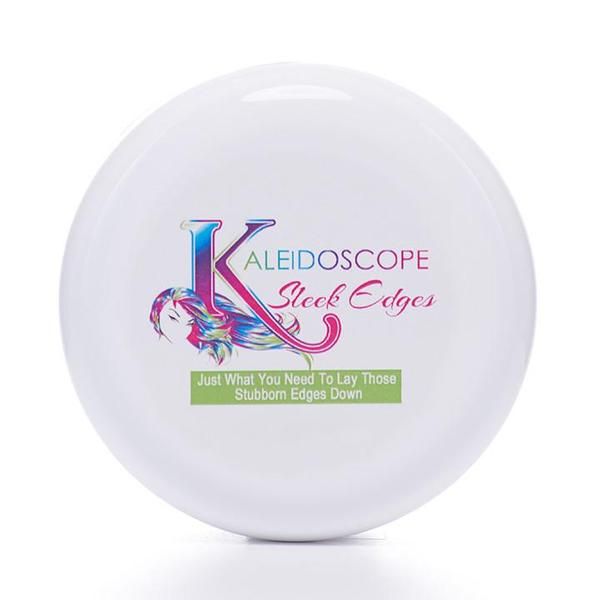
Let’s say you want to ensure as part of a test that a generated JSON file (here landmarkData2.json) matches a normalized template file (landmarkData-normalized.json) you created before. That‘s why there are tools to normalize JSON content by bringing objects into a certain well-defined order. In other words, how entries are sorted in a JSON file doesn’t really matter when comparing files or different version of a single file. But most of the time, you care about the semantics of the file, not the representation. This means that two semantically equivalent files may look very different, and the same file can be different again next time you save it. JSON files are notoriously hard to compare, as the order of objects is undefined in JSON. There are three powerful features we want to highlight in this article, using the –label option to name the target window, piping content into ksdiff, and process substitution.
#KALEIDOSCOPE EDGE CONTROL HOW TO#
We even have a mini tutorial on how to use the command line and the Terminal app. If you’re unfamiliar, check out Part 1 of this series.

Using ksdiff, you can integrate Kaleidoscope into any workflow that produces text or images and benefit from its comparison capabilities.įor this blog post, we assume you are familiar with command line basics on macOS and you know what ksdiff is and how to use it. This article covers a few lesser known tips and tricks that can dramatically increase productivity when working with Kaleidoscope. Today we want to show you how to make the most of Kaleidoscope through the usage of ksdiff.

In the first part we described the basic usage of ksdiff and explained why it’s worthwhile using it.

This is the second article in a two part series about the command line tool ksdiff that comes with Kaleidoscope.


 0 kommentar(er)
0 kommentar(er)
